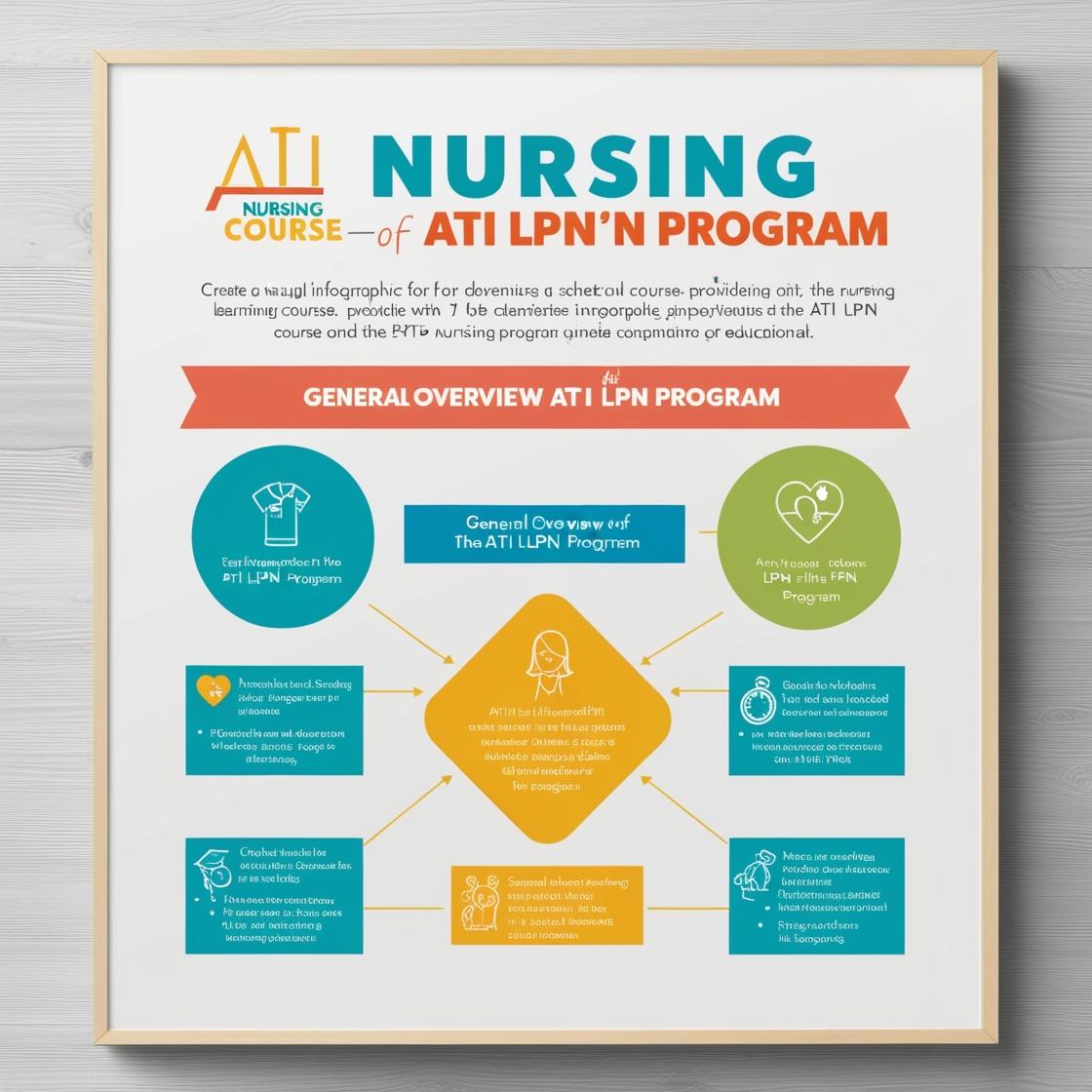LPN LPN
PN ATI Capstone Proctored Comprehensive Assessment B Quizlet
1. A nurse is planning to administer an injection of morphine to a client. Which of the following actions should the nurse take to ensure client safety?
- A. Instruct the client to take a deep breath during administration.
- B. Administer the medication over 30 seconds.
- C. Verify the client’s pain level.
- D. Have naloxone available in case of respiratory depression.
Correct answer: D
Rationale: The correct answer is to have naloxone available in case of respiratory depression. Morphine is an opioid that can lead to respiratory depression, especially in higher doses. Naloxone is the antidote for opioid overdose and should be readily accessible when administering morphine to reverse respiratory depression if it occurs. Instructing the client to take a deep breath during administration (choice A) is not directly related to ensuring safety in this scenario. Administering the medication over 30 seconds (choice B) may help with the comfort of the client but does not address the potential risk of respiratory depression. Verifying the client's pain level (choice C) is important but not the primary action to ensure safety when administering morphine.
2. A nurse is caring for a client who has a new prescription for an antidepressant. The client reports experiencing dry mouth. Which of the following instructions should the nurse give the client?
- A. Decrease fluid intake.
- B. Chew sugarless gum.
- C. Avoid using mouthwash.
- D. Increase intake of dairy products.
Correct answer: B
Rationale: The correct answer is to instruct the client to chew sugarless gum. Chewing sugarless gum can help alleviate dry mouth by stimulating saliva production, which is a common side effect of many antidepressants. Decreasing fluid intake (choice A) is not recommended as it can worsen dry mouth. Avoiding mouthwash (choice C) is not as effective as chewing gum in stimulating saliva. Increasing intake of dairy products (choice D) is not directly related to managing dry mouth caused by antidepressants.
3. A client with osteoporosis is being taught about increasing calcium intake. Which of the following foods should be recommended as the best source of calcium?
- A. Broccoli
- B. Yogurt
- C. Spinach
- D. Almonds
Correct answer: B
Rationale: Yogurt is the best choice for increasing calcium intake in a client with osteoporosis. It provides around 300-400 mg of calcium per serving, making it an excellent food source for meeting their calcium needs. Broccoli, spinach, and almonds, while nutritious, do not provide as much calcium per serving as yogurt and are not as effective in helping clients with osteoporosis increase their calcium intake.
4. A nurse is planning care for a client who has a latex allergy and is scheduled for surgery. Which of the following actions should the nurse take?
- A. Apply tape to the client’s skin before surgery.
- B. Ensure the surgical suite is well-ventilated.
- C. Wrap monitoring cords with stockinette.
- D. Schedule the surgery at the end of the day.
Correct answer: C
Rationale: The correct action the nurse should take is to wrap monitoring cords with stockinette. This measure ensures that the latex in the cords does not come into contact with the client’s skin, reducing the risk of an allergic reaction. Applying tape to the client’s skin before surgery (Choice A) may expose the client to latex if the tape contains latex. Ensuring the surgical suite is well-ventilated (Choice B) is important for overall safety but does not specifically address the client's latex allergy. Scheduling the surgery at the end of the day (Choice D) is not directly related to preventing latex exposure and allergic reactions.
5. A nurse is planning care for a client following gastric bypass surgery. The nurse should include which of the following dietary instructions when preparing the client for discharge?
- A. Start each meal with a protein source.
- B. Consume at least 25g of fiber daily.
- C. Check your blood glucose level before each meal.
- D. Limit your meals to three times per day.
Correct answer: A
Rationale: The correct answer is A: 'Start each meal with a protein source.' Protein is crucial for healing and maintaining muscle mass after gastric bypass surgery, making it essential to include in each meal. Choice B is incorrect because immediately after surgery, the focus is typically on a low-fiber diet to aid in healing. Choice C is unrelated to the nutritional needs following gastric bypass surgery. Choice D is also incorrect as patients recovering from gastric bypass surgery may require more frequent, smaller meals to meet their nutritional needs.
Similar Questions

Access More Features
ATI LPN Basic
$69.99/ 30 days
- 50,000 Questions with answers
- All ATI courses Coverage
- 30 days access @ $69.99
ATI LPN Premium
$149.99/ 90 days
- 50,000 Questions with answers
- All ATI courses Coverage
- 30 days access @ $149.99
